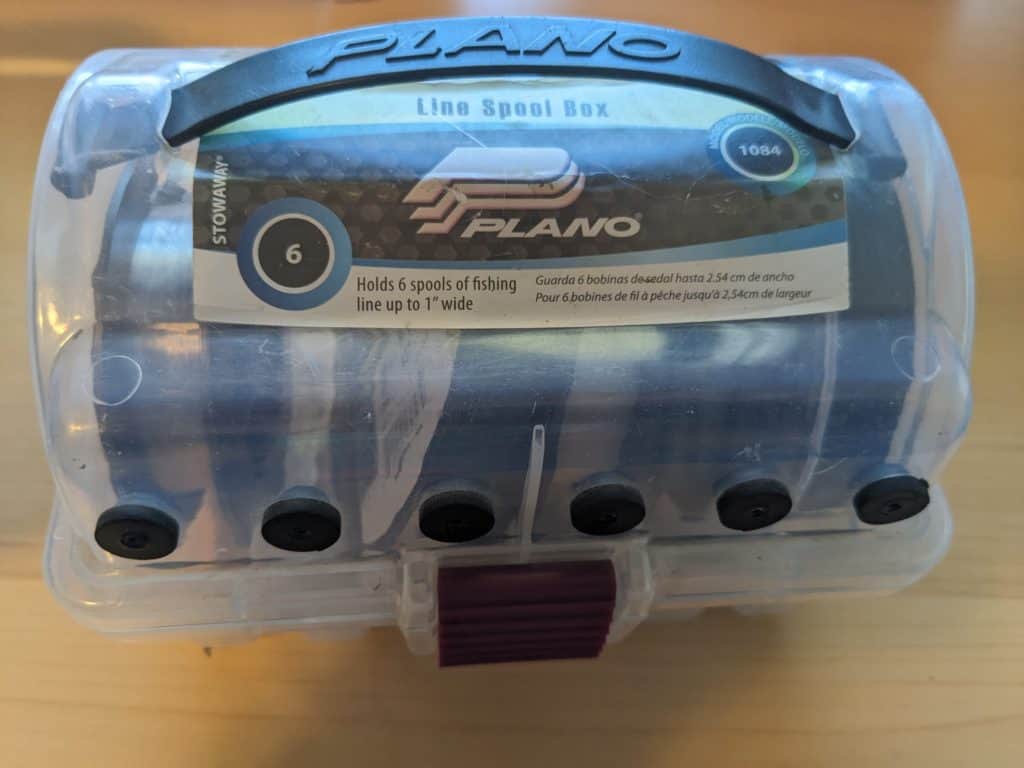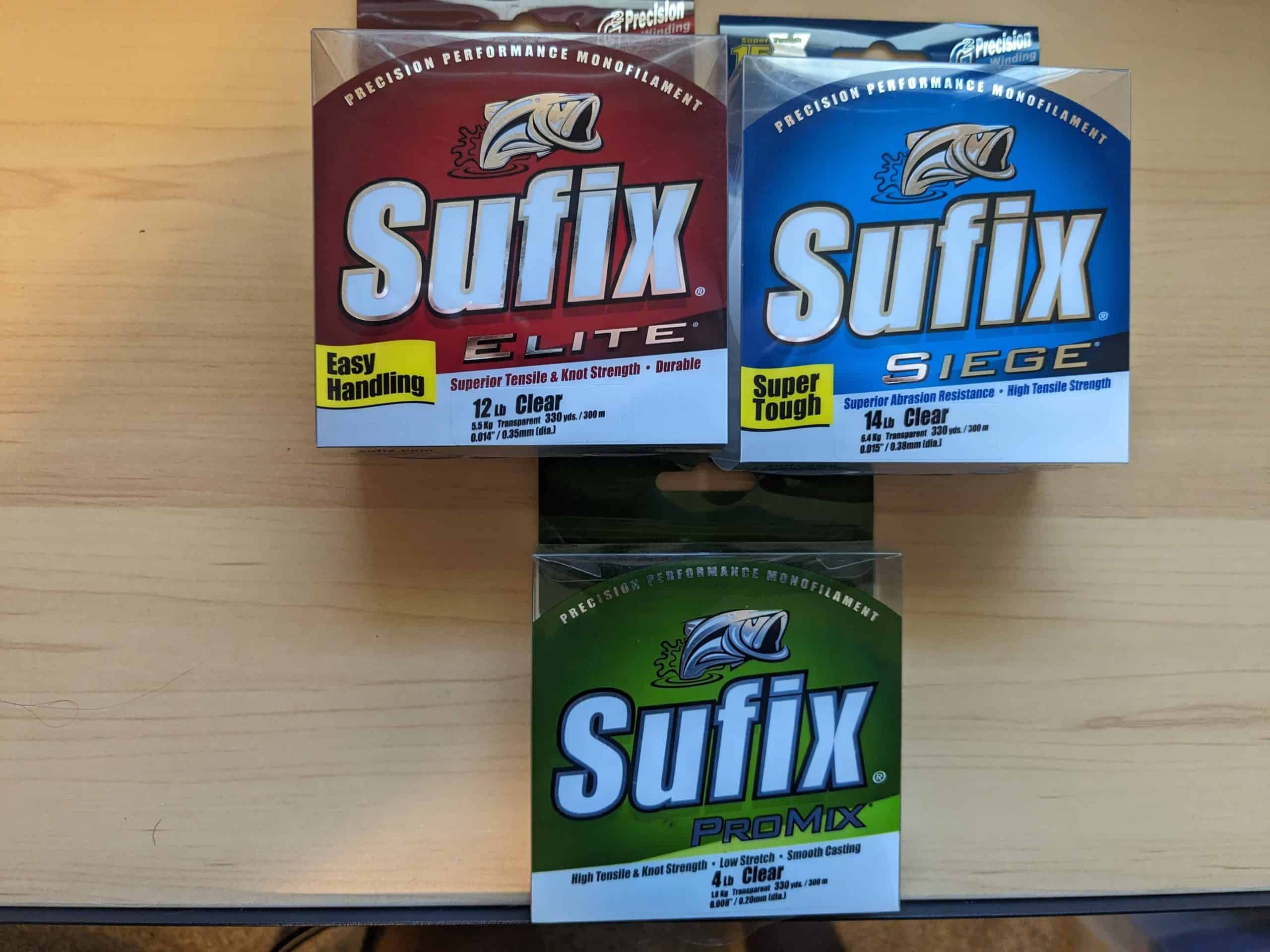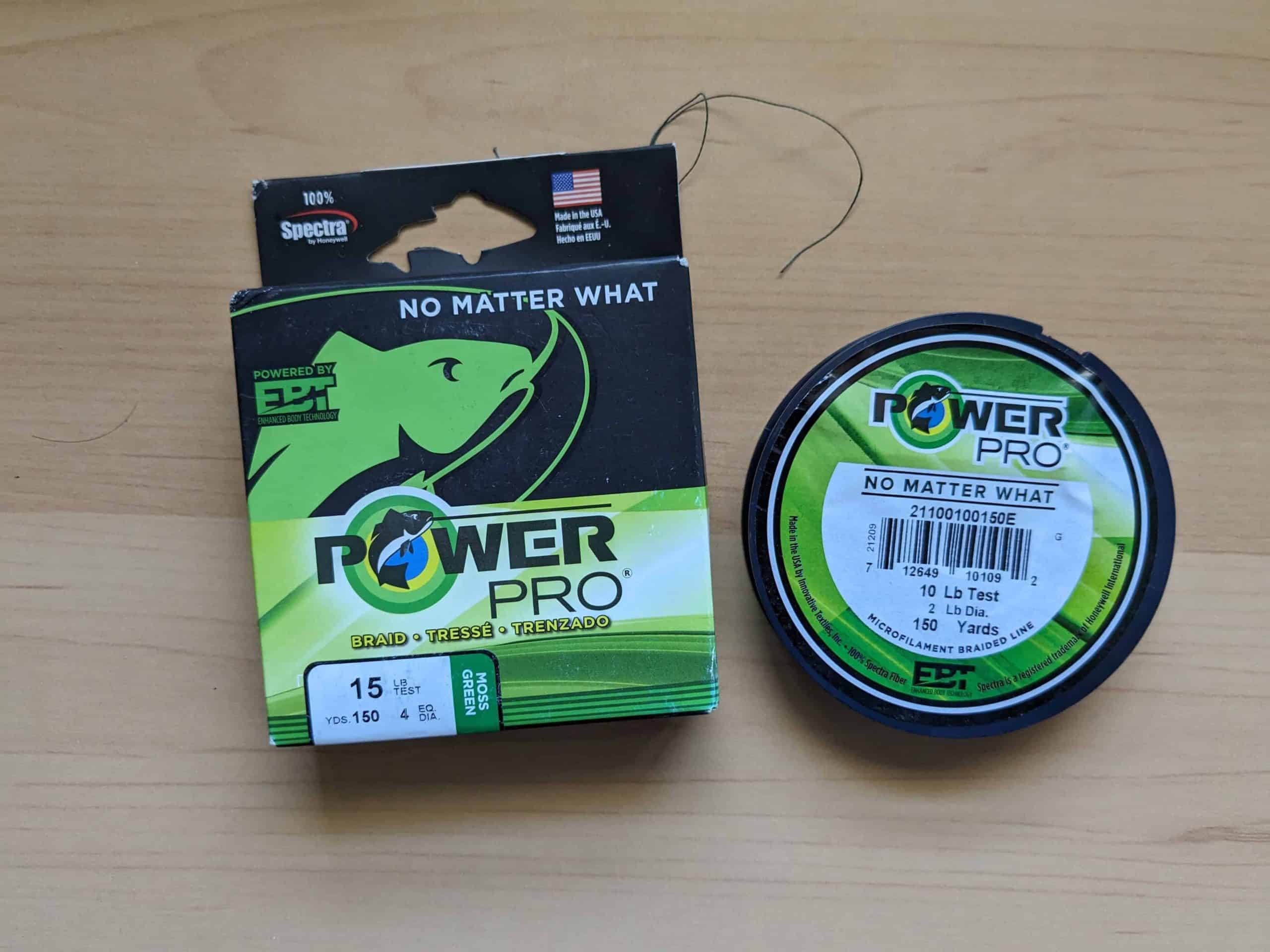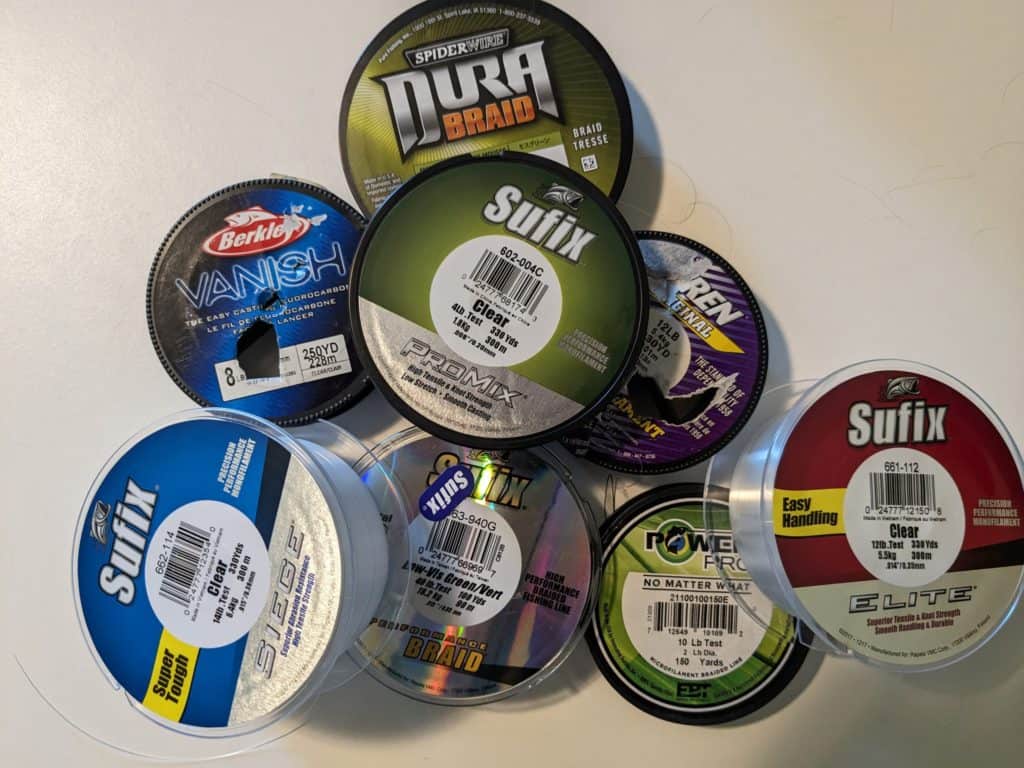When you’re passionate about bass fishing, every detail matters. From the rod and reel to the lure, and perhaps most crucially, the fishing line. Many anglers, both rookies and seasoned pros, often find themselves at crossroads when trying to pick the best line for bass fishing. If you’re one of them, this guide is for you. We’ll unravel the mysteries around the best lines for bass fishing, when to use each type, money-saving tips, and popular budget brands that offer top-notch quality without draining your wallet.
The Three Pillars: Types of Fishing Lines for Bass
When it comes to the best line for bass fishing, three primary types reign supreme. Each comes with its strengths and weaknesses, and understanding these can make a world of difference to your success rate. Here they are:
1. Monofilament Line
Monofilament, known as ‘mono’ in angling circles, is the jack-of-all-trades in the world of fishing lines. Mono’s versatility stems from its high knot strength and stretch, making it a go-to option for various bass fishing techniques. Additionally, mono floats, making it an excellent choice for topwater lures.
Thanks to its lesser visibility in the water, bass are less likely to be spooked by it. However, monofilament is not without its pitfalls. It is susceptible to UV damage and can deteriorate faster when exposed to sunlight. Moreover, its high stretch factor reduces sensitivity, making it harder for you to detect subtle bites.
2. Fluorocarbon Line
Next in line (pun intended) is fluorocarbon. If you’re looking to play the stealth game, this line is your best line for bass fishing. Fluorocarbon is nearly invisible underwater, making it a favorite among anglers when discretion is the name of the game. Its low stretch endows it with excellent sensitivity, and you’ll feel every nibble at the end of your line.
Fluorocarbon line is also UV resistant, which increases its lifespan. And, it sinks faster than mono, which means it’s perfect for deep-water bass fishing. However, fluorocarbon is typically pricier than mono. Its lesser flexibility can also make knot tying a bit of a challenge, especially for beginners. It also gets wicked line memory, which proves a pain for anglers that fully spool fluorocarbon and are not used to it.
3. Braided Line
For sheer strength and sensitivity, braided line is unmatched. Braided lines are zero stretch, meaning you can feel even the slightest twitch at the end of your line. These lines are also incredibly durable and resistant to abrasion, making them the best line for bass fishing in heavy vegetation, while pitching jigs around docks and pilings, and topwater. While monofilament can also be a nice option for topwater, braid is typically king for anything that isn’t a trebled lure like a spook or popper.
However, their high visibility can sometimes spook bass, especially in clear water conditions. And while they’re strong, they may not be the best choice for all scenarios.
Optimal Line Selection: When to Use Different Types of Lines
Your line choice should not be dictated solely by the line’s properties but also by the fishing conditions and techniques you plan to use. Here’s a quick breakdown of when you should consider each type of line:
- Monofilament – Ideal for fishing with topwater lures with treble hooks, in clearer water where visibility matters, or for casting techniques that require a bit of stretch. Personally, I like fishing monofilament on a variety of my setups. It is the most wallet friendly of all the lines, and I feel the most versatile when I want to throw a variety of lures without worrying about my line. As a frequent bank angler, I think monofilament is the best line for bass fishing when it comes to only bringing one to two rod combos for the day.
- Fluorocarbon – Perfect for fishing in deep water or when sensitivity and stealth are paramount. It’s excellent for finesse techniques such as drop shotting, ned rigging, and anything that often requires feeling the faintest of nibbles. For bank anglers, I would personally steer clear of fluorocarbon unless you are fishing ponds and lakes with little cover and vegetation. I have often found more disadvantages than advantages, and think monofilament will suit you best.
- Braided Line – The go-to choice for heavy cover bass fishing or when maximum sensitivity is required. It’s also great for long casting distances. Braided line should always be your go-to pick when fishing frogs or flipping and pitching jigs into thick grass other nasty vegetation. It will give you enough horsepower to haul the fish back in and ensures you get a quality hook set.
- Braided Line with a Fluoro/mono leader – I would wager most anglers would tell you the best line for bass fishing is fishing braid to a leader. Why? You get all the sensitivity and advantages of braid, and the clear line benefits of your leader material. If you watch any tournament events, virtually every angler on the water has most setups with a leader, as it tends to work for almost all applications to a degree. For an awesome tutorial on what line to tie to attach braid to a leader, check out the guys at Salt Strong.
If you are looking for more information from the top fisherman on how to effectively pair your fishing line to your techniques, go to Matt and Tim with TacticalBassin. There is a reason I constantly link them in my posts, and that is simply because they know their bass fishing in and out, and provide information dense content.
Wise Buys: Money-Saving Tips for Bass Fishing Lines
Fishing doesn’t have to burn a hole in your pocket, especially when you are looking for the best line for bass fishing. Here are some money-saving tips when it comes to picking up your next fishing order:
- Bulk Buying: Purchasing fishing line in bulk often results in a lower cost per yard. This strategy is great if you’re a frequent fisher or have several reels to fill. Buying line in bulk can mean buying huge spools that contain much more line, or buying several spools when they go on sale at the local store.
- Online Shopping: Online platforms usually offer competitive prices. Keep an eye out for sales and discounts, especially during the off-season. Shopping online for fishing line is always my first choice if possible. When comparing websites, you can easily calculate the cost per yard per ease and make an educated decision.
- Proper Line Care: Make your line last longer by taking good care of it. Rinse your line after each use (more applies to salt fishing but not a bad habit), store it in a cool, dark place, and avoid overfilling the reel, which can cause line twists and kinks. For more tips on properly storing and spooling your line and other gear, I recently created this article that might give you some helpful ideas. In short, at least keep your line in some form of easy grab container that keeps it organized and ready at a moment’s notice.

- Line Recycling: Some lines, like monofilament, can be recycled. Certain companies offer discounts for returning used line, helping both your wallet and the environment. In the same vein, many lakes and ponds have specific line disposal containers to toss away your beat up fishing line. There is no excuse to not use these bins, fishing line consistently kills fish and other wildlife such as birds that get caught in the mess and die. Be a good steward for wildlife and nature and pick up after yourself.
Fishing on a Budget: Top Brands for the Best Line for Bass Fishing
If you’re looking for budget-friendly yet high-quality fishing lines, look no further. These are definitely not your Sunlines and similar, but tend to do the job just fine. Here are some top budget brands you should consider:
- Berkley Trilene: Berkley is a trusted name in the fishing world. Their Trilene series offers affordable monofilament, fluorocarbon, and braided lines that don’t skimp on performance or reliability. I have used a lot of Trilene, especially in my younger years. While it is most definitely not the nicest line a fella can buy, it has landed me thousands of fish. I still buy Trilene if I see it on sale, and am never hesistant to spool some up.
- Sufix: Known for their high-quality and cost-effective lines, Sufix is another popular choice among budget-conscious anglers. Their monofilament and fluorocarbon lines are particularly renowned. Personally, Sufix is now my choice of fishing line if I am shopping. It tends to be better quality than Trilene, and overall I have noticed less line memory when using Sufix. If I had to choose one brand of fishing line to use for the rest of my days that is both cost effective and I trust, it’s Sufix.

3. PowerPro: If you’re after a budget-friendly braided line, PowerPro is hard to beat. Their lines boast incredible strength and sensitivity, making them an excellent choice for bass fishing. While I am certainly not a braid snob, I have had prior issues with Spiderwire and similar brands. PowerPro has yet to let me down, and I have no issues spending a few more bucks at the store knowing I won’t be losing my precious frogs.

If I am being honest, I do think folks spend too much time worrying about the line they buy and not the knots they tie. They complain that they “broke off” due to the line they bought. In reality, it is because people can’t tie reliable knots. Don’t get too caught up in the line hype, buy what’s on sale, and learn how to tie good knots and you are well on your way to catching that next 8 pounder. Like all things in life, variety is the spice and you just might find a new favorite or two.
By understanding the various types of lines, knowing when to use each, and applying our money-saving tips, you can indulge in a solid day of fishing without spending $30 on a 100 foot spool of line that you will most likely backlash.
Tight lines,
Dawson
